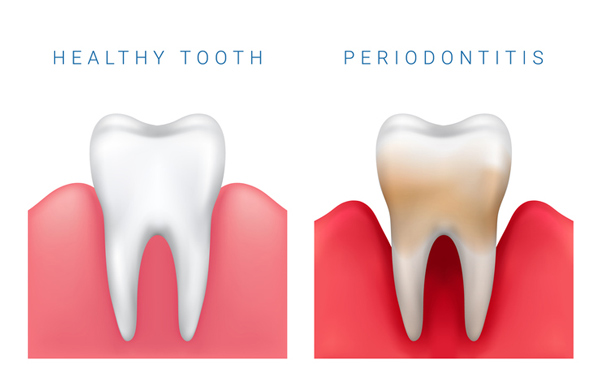South Ogden
What Happens During a Periodontology Examination
Periodontal assessments are essential for routine dental examinations for new and existing patients. The results from the clinical evaluation are combined with pertinent data from the patients’ dental and medical histories, as well as radiographic assessment, to ascertain the patients’ periodontium status, risk factors for periodontal disease, and the appropriate diagnosis progression, and treatment plan, if required.

The Examination Process
The clinical involves the extra and intraoral examination of the soft tissues, including the TMJ joint, palate, salivary glands and lymph nodes. The periodontitis also evaluates the mucogingival relationships. Secondly, the tissues surrounding the oral prosthetic are checked, along with the shape and texture of the gingival tissue. The incidence and spread of plaque/biofilm and calculus are determined.
The presence of blood on probing, poking and prodding depths, diagnostic reference levels, gingival margin (recessions, periodontal hyperplasia), and the position of gingival margins (recessions, gingival hyperplasia) are measured using a gingival probe. Furcation invasions are identified by determining their presence, location, and extent.
Periodontists then carry out an oral examination, prosthetics, restorations, cavities, tooth movement, tooth alignment, occlusal relations, occlusal abnormalities, for example, extrusion, intrusion, malposition, occlusal injury, fremitus, indicators of parafunction, palatal state, contacts. Next is the assessment of pertinent radiographs and other diagnosing radiographic imaging to detect anomalies such as bone loss trends, coupled endodontic-periodontal illnesses, and other pathological findings. Casts for diagnostic purposes, microbiological testing, genetic testing, and other laboratory tests are all made available during periodontal examinations.
Based on the results, a diagnosis, prognosis, and treatment plan should be presented to the patient. The disease process, treatment options, possible complications, desired outcome, the need for post-treatment follow-up, the implications of no diagnosis, and the patient’s duties during and after therapy should all be explained to the patient. All pertinent findings must be recorded, and referrals to other health care professionals should be made and documented when necessary.

